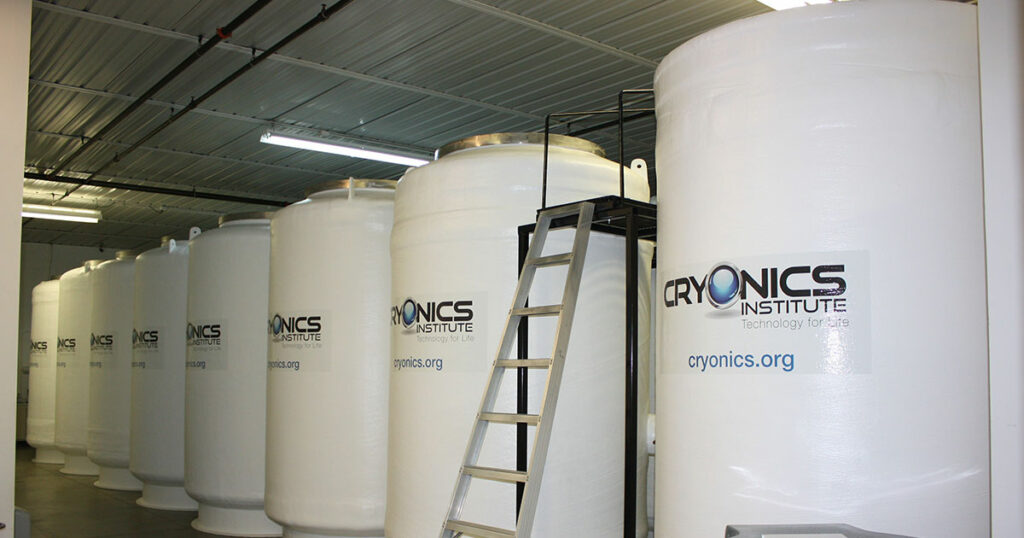The ultra-wealthy are investing in cryogenic freezing, preserving their bodies at ultra-low temperatures with the hope that future science will bring them back to life. Around 500 people have already been cryogenically preserved and another 5,500 people are making plans to do so. But what is it? How does it work?

What is Cryogenic Freezing?
According to the BBC, the foundation of cryogenics was laid by French biologist Jean Rostand in the 1940s. However, the concept of cryogenic freezing as a path to potential immortality was first proposed by Robert Ettinger in his 1962 book, The Prospect of Immortality. Ettinger, a physics teacher and war veteran, drew inspiration from Rostand’s work and the imaginative worlds of science fiction.
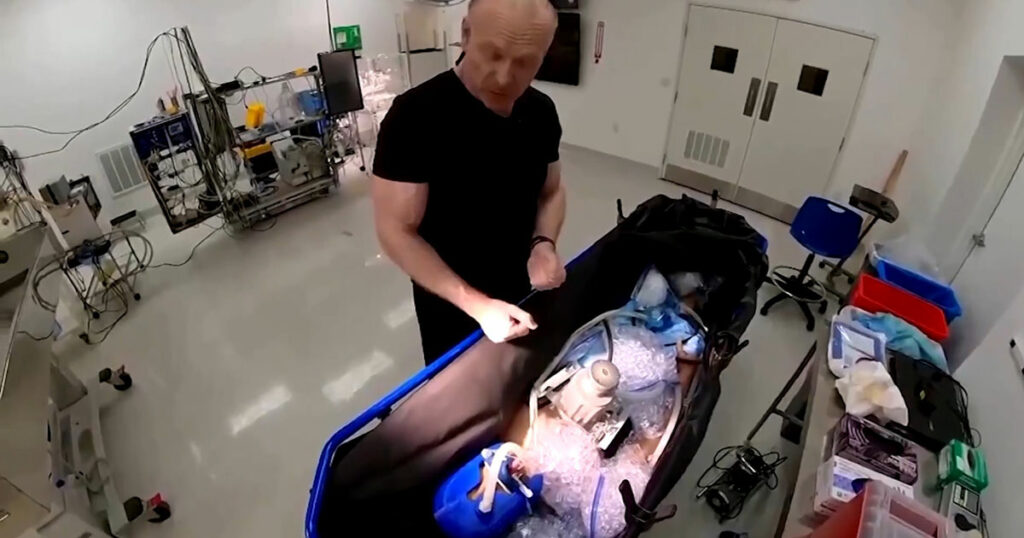
The term cryonics originates from the Greek word krýos, meaning “icy cold.” Cryonics is the process of preserving human bodies at extremely low temperatures with the hope of reviving them in the future. The concept hinges on the belief that if someone dies from an incurable disease today, they could be “frozen” and later revived when medical advancements offer a cure. This state of preservation is referred to as cryonic suspension.
To grasp the science behind cryonics, consider real-life stories of people who have fallen into icy lakes and remained submerged for nearly an hour before being rescued. In some cases, these individuals survived because the frigid water significantly slowed their metabolism and brain activity, placing their bodies into a form of suspended animation where oxygen demand was drastically reduced.
However, cryonics differs from such accidental preservation in significant ways. For one, it is illegal to perform cryonic suspension on living individuals. A person must first be declared legally dead—meaning their heart has stopped beating—before the process can begin. But if they’re dead, how can they ever be revived?

Scientists in the field argue that “legally dead” is not synonymous with “irreversibly dead.” Legal death refers to the cessation of heartbeat and circulation, while total death occurs only when all brain activity has permanently ceased. Cryonics aims to preserve the remaining cellular brain functions at the moment of legal death, theoretically allowing the individual to be resuscitated when science and technology have advanced enough to repair the damage caused by death and the freezing process.
The Story of James Bedford
Born in 1893 in Pittsfield, Massachusetts, James Hiram Bedford faced death early in life. At just four years old, he battled diphtheria for weeks—a fight he narrowly survived. This early brush with mortality seemed to ignite a spirit of resilience and adventure that would define his life.
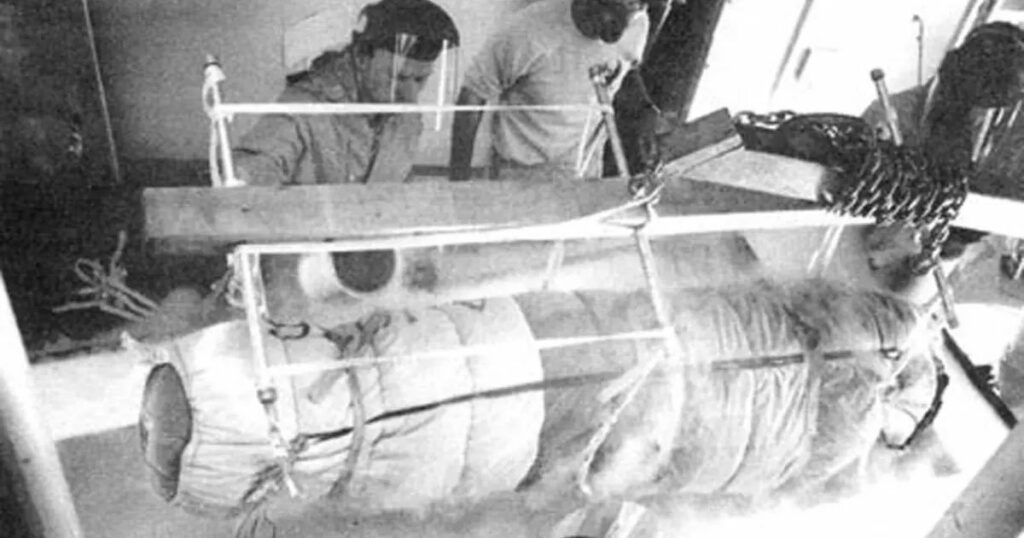
As a young man, Bedford moved to California, where he attended UC Berkeley and earned a master’s degree in education while teaching high school in Escalon, a small town in the San Joaquin Valley. His passion lay in vocational training and career development, and he authored several books on the subject. In a 1938 interview with the Los Angeles Times, Bedford remarked, “Many young people face the future with feelings of doubt, cynicism, and despair.” His mission was to provide guidance and hope.
But Bedford’s life wasn’t confined to classrooms and textbooks. An avid explorer, he traveled extensively—embarking on safaris in Africa, trekking through the rainforests of South America, and flying across Europe. His thirst for adventure was insatiable, and it seemed he wasn’t ready for it to end when, in his 70s, he was diagnosed with cancer.
Bedford’s Cryogenic Adventure Begins
James Bedford was drawing his final breaths when doctors arrived at 2060 Eleanore Drive in Glendale, California. At 73, Bedford was battling terminal cancer. He had been moved from the hospital to a neighbor’s home for hospice care.
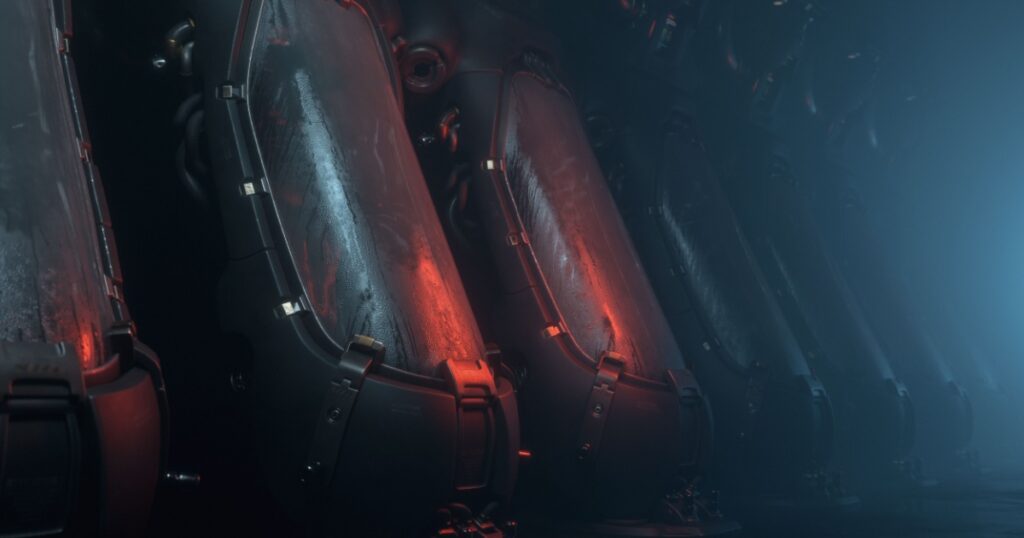
Around noon on January 12, 1967, alerted by nurses that Bedford’s time was near, Dr. B. Renault Able arrived at his bedside. In a faint voice, Bedford murmured, “I’m feeling better,” and then, at 1:15 p.m., he quietly passed away.
Well, sort of.
Today, James Bedford’s body remains suspended in time at a facility in Arizona, preserved in a metal cryogenic chamber for over 55 years. As the first person in history to undergo cryogenic freezing, Bedford occupies a unique and controversial place in science and human history—a story marked by strange twists, scientific ambition, and a blend of inspiring hope and skeptical doubt.
The Race Against Time: How James Bedford Became Cryonics’ First Success Story
The doctors from the Cryonics Society had just seven minutes after James Bedford’s death to initiate the first phase of his unprecedented journey into the future.
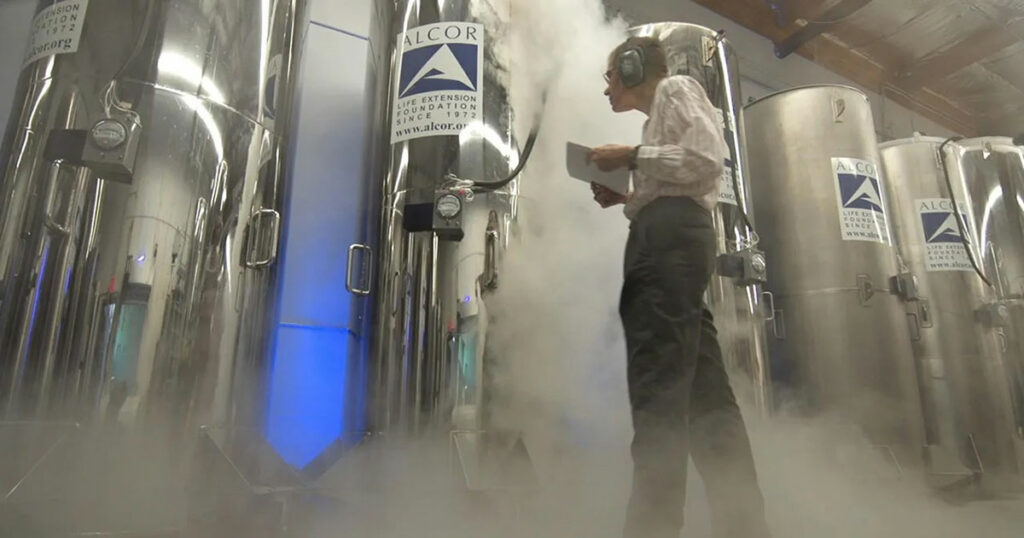
- Artificial respiration was immediately applied to maintain oxygen flow to his brain.
- Dimethyl sulfoxide was infused into his veins to replace his blood and prevent ice crystals from damaging his organs during freezing.
- Once stabilized, Bedford’s body was carefully placed on ice inside a custom-built, metal, tube-shaped capsule—designed, surprisingly, by a Phoenix wigmaker named Ed Hope.
- From there, the capsule was transported by hearse from a Los Angeles mortuary to a cryonics facility in Arizona.
Cryonic Suspension: What Happens When You Choose to Freeze Your Future?

If you decide to undergo cryonic suspension, here’s what you can expect:
- You must become a member of a cryonics organization, typically paying an annual membership fee (around $400 per year).
- When your heart stops beating and you’re officially declared legally dead, the cryonics process begins.
The Final Freeze: How Cryonic Preservation Locks You in Time
- Your body is carefully placed into an individual aluminum container, which is then inserted into a large, insulated metal tank filled with liquid nitrogen.
- The temperature inside the tank remains at an astonishing -196°C (-320°F).
- Bodies are stored head-down—a precaution designed to ensure that, in the unlikely event of a leak, your brain stays submerged in the freezing liquid.
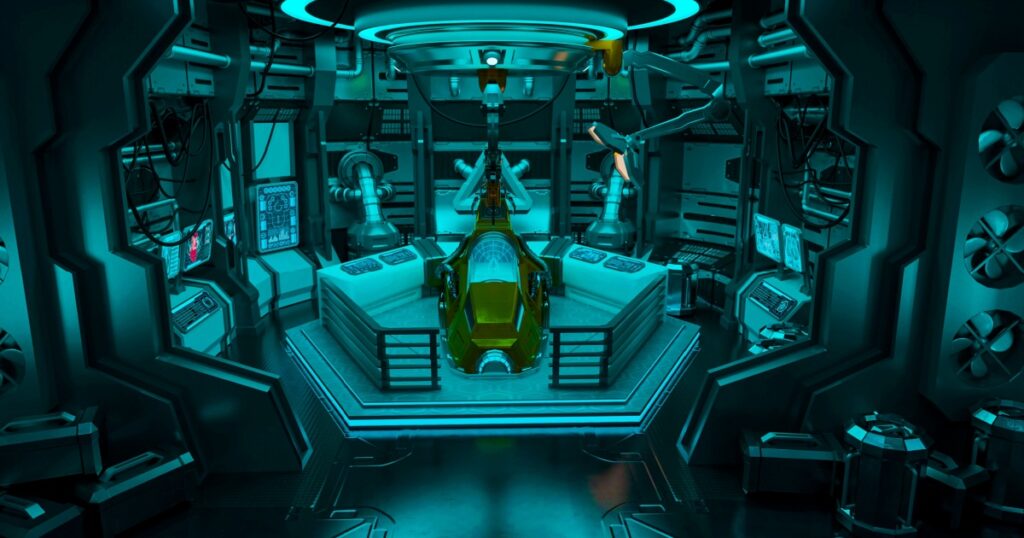
The Cost of Cryonics: A Pricey Bet on the Future
Cryonics is far from inexpensive.
- Whole-body preservation can cost upwards of $150,000.
- Neurosuspension (brain-only preservation) costs around $50,000, with the hope that future technology will clone or regenerate a body.
In storage facilities, each patient—whether whole-body or neurosuspended—is placed in an aluminum container, housed in a “neuropod” or “whole-body pod.” These pods are then submerged together in a shared tank of liquid nitrogen.
